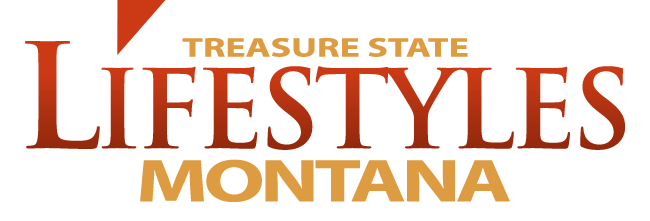Text by Brad Reynolds, Photos by Jack Cantrell
The mine was sick, and all of Butte knew it.
In 1983, Don Peoples Sr., chief executive of mining operations, told reporters it was like “being told a patient is terminally ill.”
It was a fall far from grace for the “Richest Hill on Earth,” the mine once responsible for twenty percent of the United States’ copper supply. The Anaconda Company—the empire behind it all—ran into trouble in the 1970s when its South American Chuquicamata mine was seized by the Chilean government. This, coupled turbulent copper prices, created a financial crisis.
The Anaconda Company’s problems came to an end in 1976 when it sold out to ARCO. But Butte’s troubles were far from over.
Layoffs in January 1980 reduced the mine’s workforce by 200. In June 1981, another 400 lost their jobs. Two hundred more were laid off in January of the following year, and by that April, ARCO effectively ceased underground mining, shutting off the water pumps to the main Berkley Pit. When workers were called in to a meeting on January 6, 1983, the news came as little surprise (but a gut punch, nonetheless); Butte’s remaining mining operations were to be suspended by that summer.
Adding to the sting, 1982 had seen the highest unemployment rate in Montana since the Great Depression. Without the mine, many in Butte struggled to make ends meet. At least three men committed suicide as a direct result of the mine’s closure. For more than 100 years, copper had been the town’s primary economic driver. Mining was more than an occupation; it was the community’s identity. The East Ridge overlooking the town—once a beacon of hope—was now a somber, polluted eyesore.
What Butte needed was a miracle.
Reaching Up to Heaven
Catholicism had long been Butte’s most prominent faith. At one time, more than sixty percent of the community identified as Catholic. So, when the copper mine began to flounder, many lifted their voices to heaven, appealing to the Mother Mary in prayer:
Hail Mary,
Full of Grace,
The Lord is with thee.
Blessed art thou among women,
and blessed is the fruit
of thy womb, Jesus.
Holy Mary,
Mother of God,
pray for us sinners now,
and at the hour of our death.
As the community struggled with the decline and death of its copper mine, resident Bob O’Bill faced his own personal crisis. His wife, Joyce, was battling cancer (which at that time had a 10-year survival rate of only 23.7 percent). Asking the heavens for mercy, O’Bill made a promise: If his wife beat the disease, he would show his gratitude by erecting a statue, a five-foot-tall Virgin Mary.
When Joyce recovered, O’Bill kept his word… and then some.
A Ninety-Foot Promise
In 1979, O’Bill collaborated with Joe McCarthy, Bill Dorr, and Joe Roberts in designing a statue that was eighteen times the size of the one O’Bill had originally envisioned. On Mother’s Day in 1982, a 7.5-foot-tall model of Mother Mary was unveiled to the public (though it was ultimately scrapped for something more “traditional”).
O’Bill’s mission quickly became a community effort. Volunteers spent many a summer evening blasting a road to the top of East Ridge, completing leveling work in 1984. Four hundred tons of concrete were poured for the base. A rummage sale was held at St. Joseph’s to help cover building costs. “Our Lady of the Rockies,” as the statue was to be known, provided purpose at a time when many were struggling to carry on.
On March 19, 1985, President Ronald Reagan wrote a letter to Joe Roberts, describing Our Lady as “a splendid expression of faith and cooperation among the people of Butte.”
Of course, not everyone was in support of Our Lady. Some, in fact, were quite opposed to the idea of a religious figure dwarfing the town. The statue’s location on “private” land, however, coupled with the community spirit it inspired, made it difficult for opposition to gain traction. Furthermore, the Our Lady of the Rockies Foundation described its goal as a nondenominational effort, dedicated to women (especially mothers) everywhere.
On December 20, 1985, Butte celebrated Christmas early as the final section of Our Lady was airlifted into place by the National Guard. (U.S. Defense Secretary Casper Weinberger approved the use of a military helicopter to fly Our Lady to Saddle Rock.) Thousands cheered below as their success was realized. Only the Statue of Liberty surpassed Our Lady’s height, making the ninety-foot Mother Mary the second-tallest statue in the United States.
Of the achievement, The Montana Standard wrote, “[Our Lady is a] shining example of what can be accomplished when the people of Butte pledge themselves to a difficult task.”
To this day, Our Lady serves as a reminder of the community’s perseverance. In the face of social and economic turmoil, Butte asked for a little grace—and received 12,000 pounds of it.


